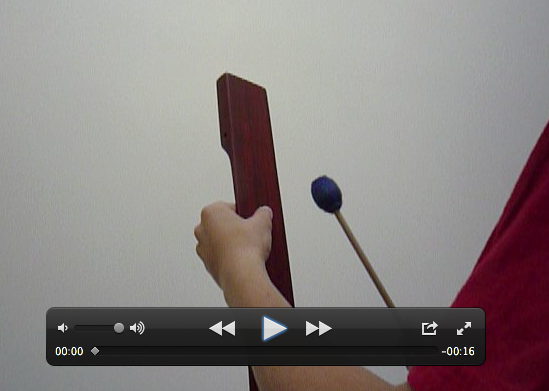Well, although we have made tremendous progress, we are currently in the doldrums of small tasks that seem to last longer than they should, and when completed, appear too insignificant to be considered accomplishments.
Nevertheless, we press on.
The tuning is nearly complete. 55 ruddy bars lay beautifully, but still silently on a table in the front room. They are splendidly tuned. I sat in the red box, grinding bits of wood and striking the bar while Paul managed 2 computers and analyzed the sounds. A spreadsheet of our design calculated each frequency, and a formula we constructed helped us “stretch” the highest notes.
Human hearing is imperfect in the highest and lowest ranges. High notes are heard by our brains as flat. It is intriguing. We have to make them sharp (based on the measured frequency) to hear them in tune. In the low ranges notes must be flattened.
We have 6 bars that we have to re-make. We have cut them, and now need to drill the string holes and shape them. Most of them are in a range where the fundamental and the first harmonic are NOT a perfect two octaves apart. The first time we tried to tune that range our strategy failed. This time, we will shoot for an octave and a sixth as the harmonic.
The video below shows a properly tuned bar. Three tones are heard: the second harmonic, the first harmonic, and the fundamental. The fundamental is so low, the little video camera has trouble picking it up.
Our next big milestone will be Continue reading


